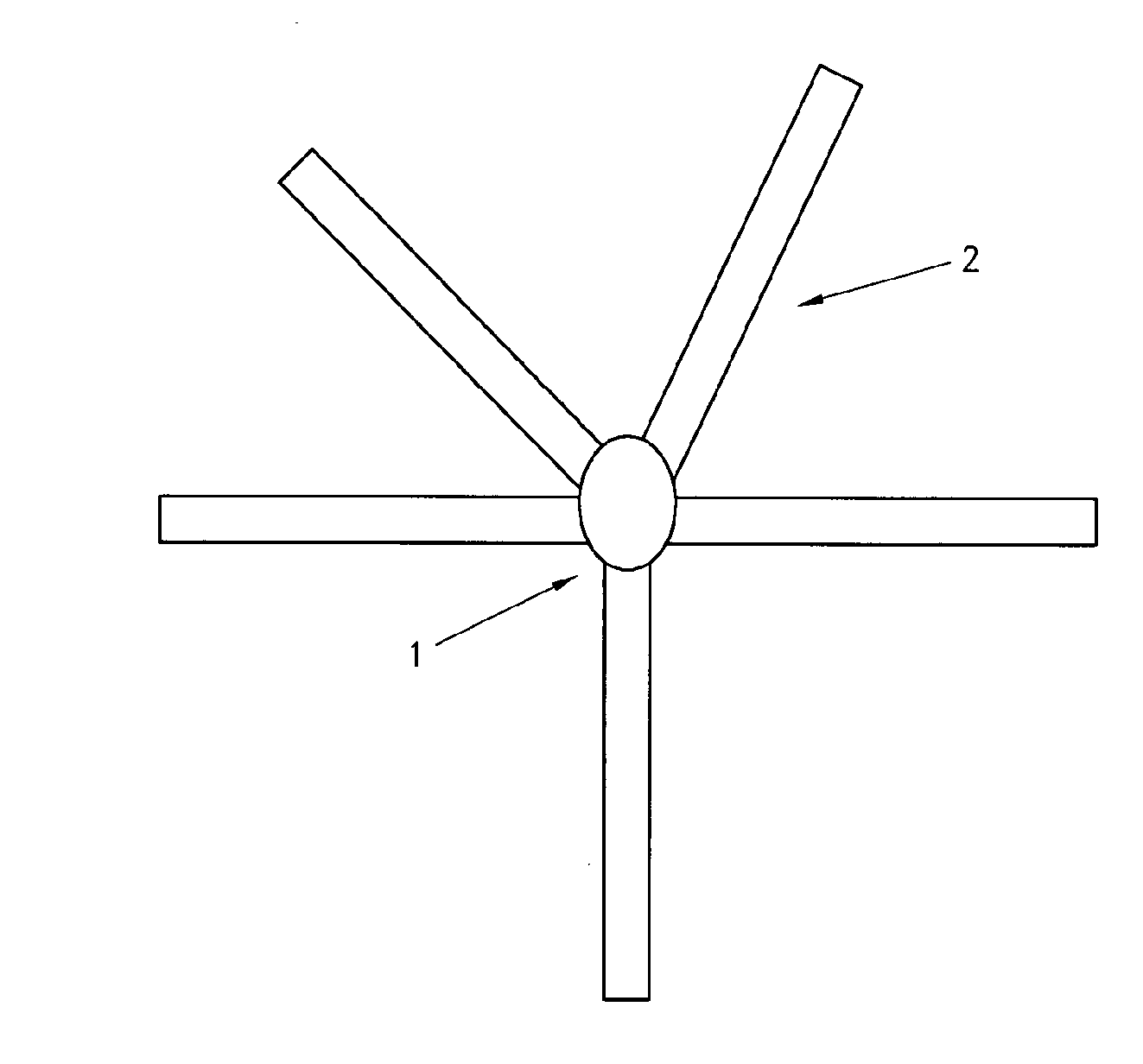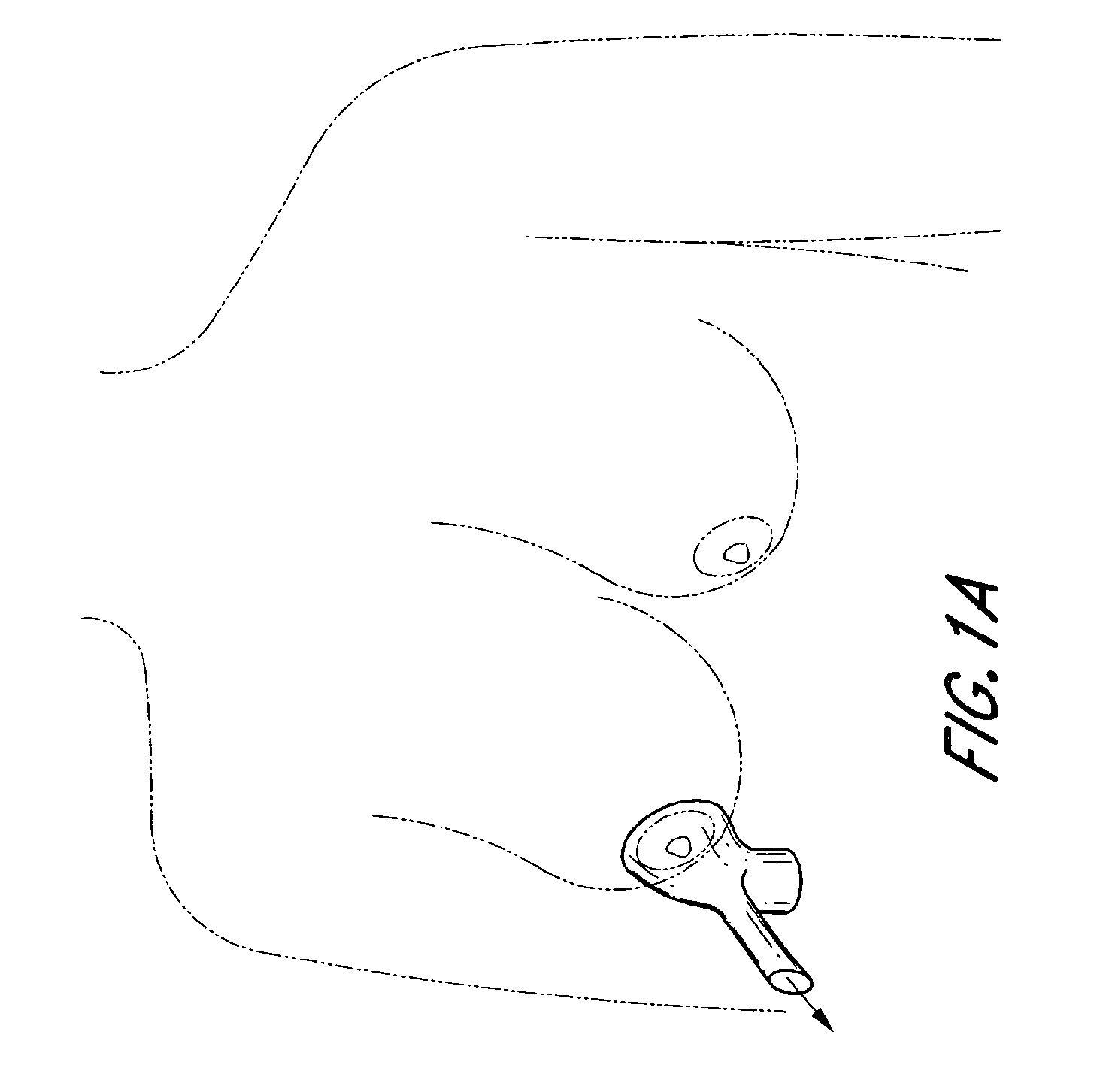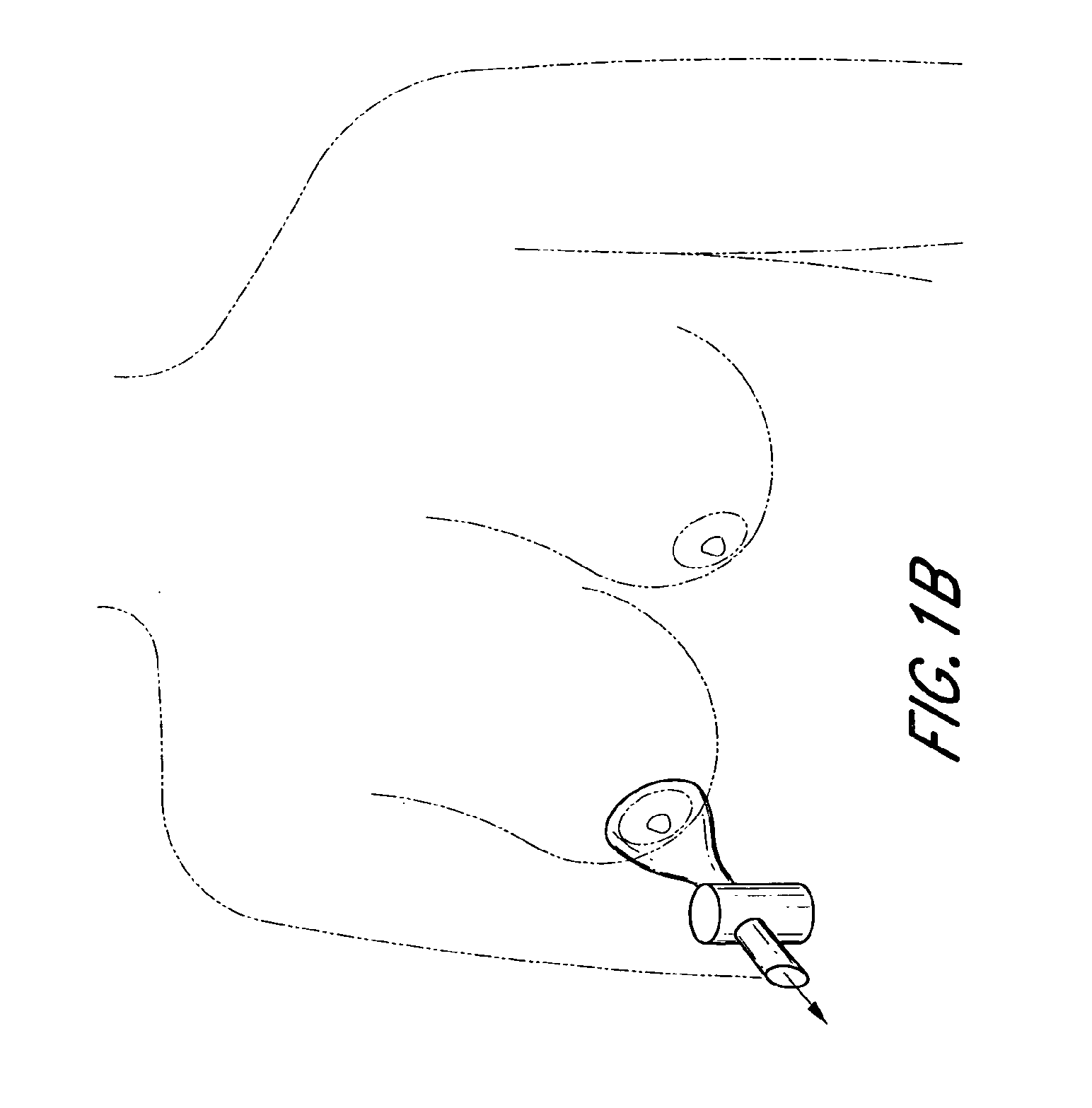Device for determining risk of developing breast cancer and method thereof
a breast cancer and risk technology, applied in the field of breast cancer risk determination devices, can solve the problems of less useful in the rest of the world, high cost of application, and significant health problems of breast cancer, and achieve the effect of direct and immediate impact on the health of women and cost-effectiveness
- Summary
- Abstract
- Description
- Claims
- Application Information
AI Technical Summary
Benefits of technology
Problems solved by technology
Method used
Image
Examples
Embodiment Construction
[0041]In one embodiment, the invention comprises a screening test for identifying individuals at risk for breast cancer. In this embodiment the invention comprises a breast cancer risk test, as opposed to a breast cancer diagnostic test, and is thus a pre-screening test. In other words, the assay would not be used to detect breast cancer, but instead would be used to identify women who were at risk for having developed or developing breast cancer. In one preferred embodiment, a “positive” test result would therefore indicate that the subject is at risk for having developed or developing breast cancer. An individual testing “positive” could then be further screened for a malignancy or be considered for preventative measures.
[0042]Different embodiments may be directed at different general or specific risks to be assessed. One embodiment, for example, could be specifically directed at detecting a subject's higher risk for developing breast cancer. Another embodiment could be specifical...
PUM
 Login to View More
Login to View More Abstract
Description
Claims
Application Information
 Login to View More
Login to View More - R&D
- Intellectual Property
- Life Sciences
- Materials
- Tech Scout
- Unparalleled Data Quality
- Higher Quality Content
- 60% Fewer Hallucinations
Browse by: Latest US Patents, China's latest patents, Technical Efficacy Thesaurus, Application Domain, Technology Topic, Popular Technical Reports.
© 2025 PatSnap. All rights reserved.Legal|Privacy policy|Modern Slavery Act Transparency Statement|Sitemap|About US| Contact US: help@patsnap.com



